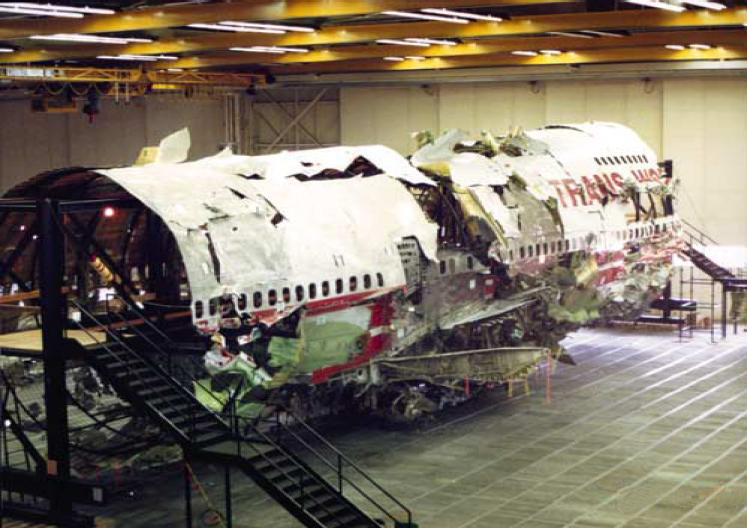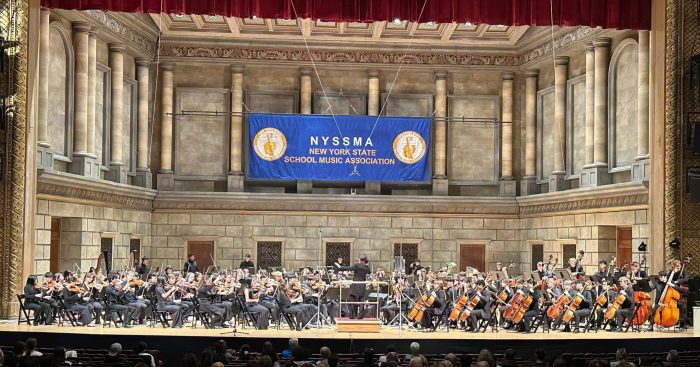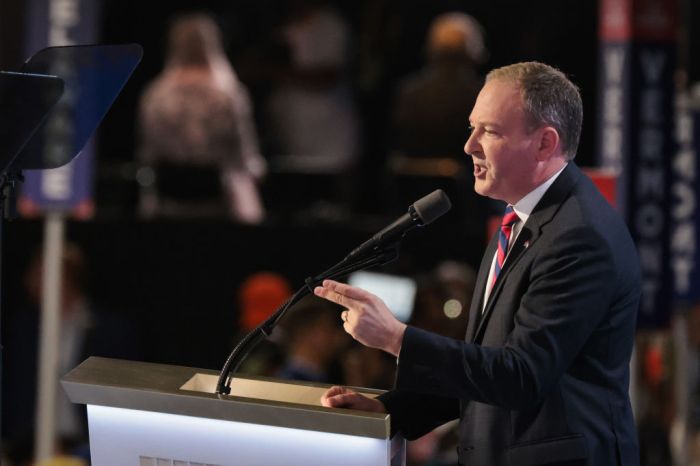By Ana Borruto
Sunday marks 20 years since TWA Flight 800 exploded over the Atlantic Ocean several miles off Long Island, killing all 230 onboard, yet the debate over the exact cause of the tragedy rages on.
The anniversary has brought new attention to old questions regarding whether terrorism, so-called “friendly fire,” or a technological malfunction brought the plane down. Theories have circulated since the disaster that Flight 800’s demise was the result of an errant missile fired by the U.S. Navy, or a terrorist. Victims’ families and loved ones joined first responders Sunday honoring all those who lost their lives.
“Sometimes I go ‘Well, why me? Why did I survive and then my friends did not?’” said David Crane, a former TWA flight attendant who was on the same plane days before it crashed. He said flight attendants went through more advanced training after the crash. “It went from ‘How to handle hijackers’ to how to handle ‘if you survive, if there is a bomb on board,’ which is a totally different scenario.”
The Boeing 747 destined for Paris fell from the sky 12 minutes after taking off from John F. Kennedy International Airport on the night of July 17, 1996. It ranks as the third-deadliest aviation accident in U.S. history. The victims are remembered at the TWA Flight 800 International Memorial at Smith Point County Park in Shirley.
Among those hosting memorial events is Barry Donadio, who was an EMT at the time. He responded to the crash site after he and other first responders were told there were survivors. But once on the scene, they soon realized the sad reality that there were no survivors, as the bodies of passengers and crew members were brought ashore.
“There are times you can be the best EMT, doctor, or whatever you are, and there’s sometimes nothing you can do other than pray for somebody,” Donadio said.
The victims included 16 members of a Pennsylvania high school French club, American composer David Hogan and Jack O’Hara, executive producer of ABC Sports.
Christine Negroni, an aviation journalist who was at the scene for six weeks covering the crash for CNN, recalled that she was on one of TWA’s 747s to Rome two weeks before the crash.
“It feels very personal when you [try to] imagine what it was like to be those people,” Negroni said. “I did think about that quite a bit when I was out at the scene for CNN.”
Negroni is the author of The Crash Detectives: Investigating the World’s Most Mysterious Air Disasters, which is due out in September, one of several books that explore the cause of Flight 800. Negroni doubts theories that a missile brought down the plane, as some witnesses have said. Four years after the crash, the National Transportation Safety Board concluded that the likely culprit was an electrical malfunction causing the fuel tank to explode.
“Problems have been solved,” Negroni said. “Every catastrophe creates an opportunity to make a safer airplane.”
Another book, TWA Flight 800: The Crash, The Cover-up, and The Conspiracy, by journalist Jack Cashill, released July 5, revisits theories that the plane was brought down by terrorists, by the U.S. military, or other means besides the NTSB’s narrative.
But regardless of what brought the plane down, the victims’ friends and family hope the anniversary will help bring closure, while keeping their loved ones’ memories alive.

































